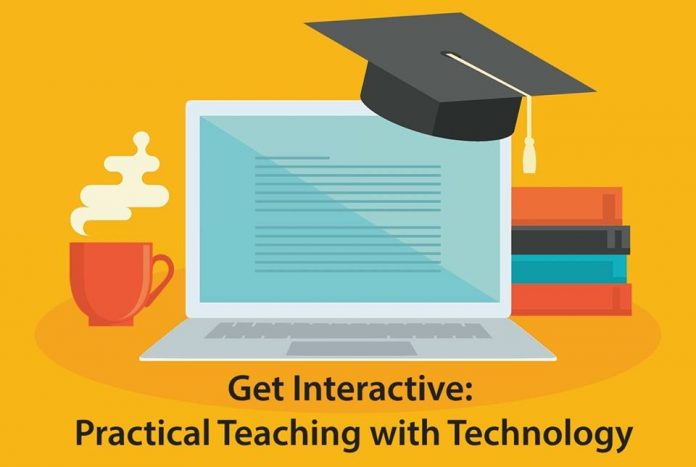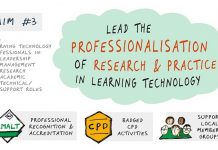Online and blended learning can help make higher education teaching more interactive and efficient, but staff often lack confidence in using technology and have little or no time to learn. Sarah Sherman describes how a group of London institutions have launched online training to tackle this problem.
Academics need practical skills, but they need to acquire them quickly. In addition, many have rarely experienced learning online and lack an understanding of what good online learning design looks like.
To address this, the Bloomsbury Learning Environment – a shared e-learning service for six London-based HE institutions – designed, developed and launched a transformational, three-week ‘on demand’ Massive Open Online Course (MOOC) to equip teaching professionals with technology skills and an understanding of online pedagogy.
Experiential approach
The resulting MOOC is a unique combination of practical skills development under an experiential approach that encourages participants to reflect on their learning experiences through the tools and techniques they are mastering.
Feedback has shown the course to be highly successful at developing the effective use of learning technology, and has made an impact on education professionals both locally in Bloomsbury area and across the world.
Get Interactive: Practical Teaching with Technology launched on 1st May 2017 on the Coursera platform, and a session for a new cohort starts every four weeks. By modelling good practice in effective pedagogic design, the course showcases examples of excellence in online teaching, developing a community of practice among the participants. The MOOC puts the participants in the position of learners, and provides a low-stress, playful environment for them to experience online learning first-hand, whilst giving them opportunities for reflection and sharing.
Building confidence
The practical screencast tutorials are designed to incrementally develop skills in tool use, and are required for the successful submission of the weekly peer-reviewed assignments. Participants’ confidence slowly builds so that by the end of the course they can demonstrate a range of advanced techniques. These practical skills are also embedded within online pedagogical theory, using Laurillard’s (2012) Conversational Framework to model good online course design. The Framework is weaved throughout the activities, thus encouraging participants to apply the theory to practice.
By introducing and demonstrating how various social media tools can be used, the course leaders are able to truly interact with participants – and, moreover, they are able to connect with each other. Each week, participants are asked to share examples of images and links that they had come across as well sharing their own practice. The participants actively create a mutually supportive environment.
The comments they leave for each other, without any real prompting from the course leaders, are inspirational. One participant recently posted on a peer’s contribution: “I like how you use this to talk with people around the world. It’s really cool to get different perspectives.” Peer interaction also takes place outside the MOOC. For example, an academic from one institution contacted an academic from another to ask if she might re-purpose an assessment rubric she had seen in the course.
Reflective environment
Shortlisted earlier this summer for an award by the Association for Learning Technology (ALT), the MOOC helps teachers develop both pedagogical understanding and practical skills to design and develop online learning. The combination of applied pedagogical theory, hands-on activity and explicit consideration of the design and tools in use ensures that all participants can take new ideas and experiences into their teaching. This level of interactive and collaborative learning is unusual in a MOOC. Moreover, by providing the opportunity for participants to be online learners themselves, the course creates a truly reflective environment.
For more information, see www.ble.ac.uk/getinmooc








